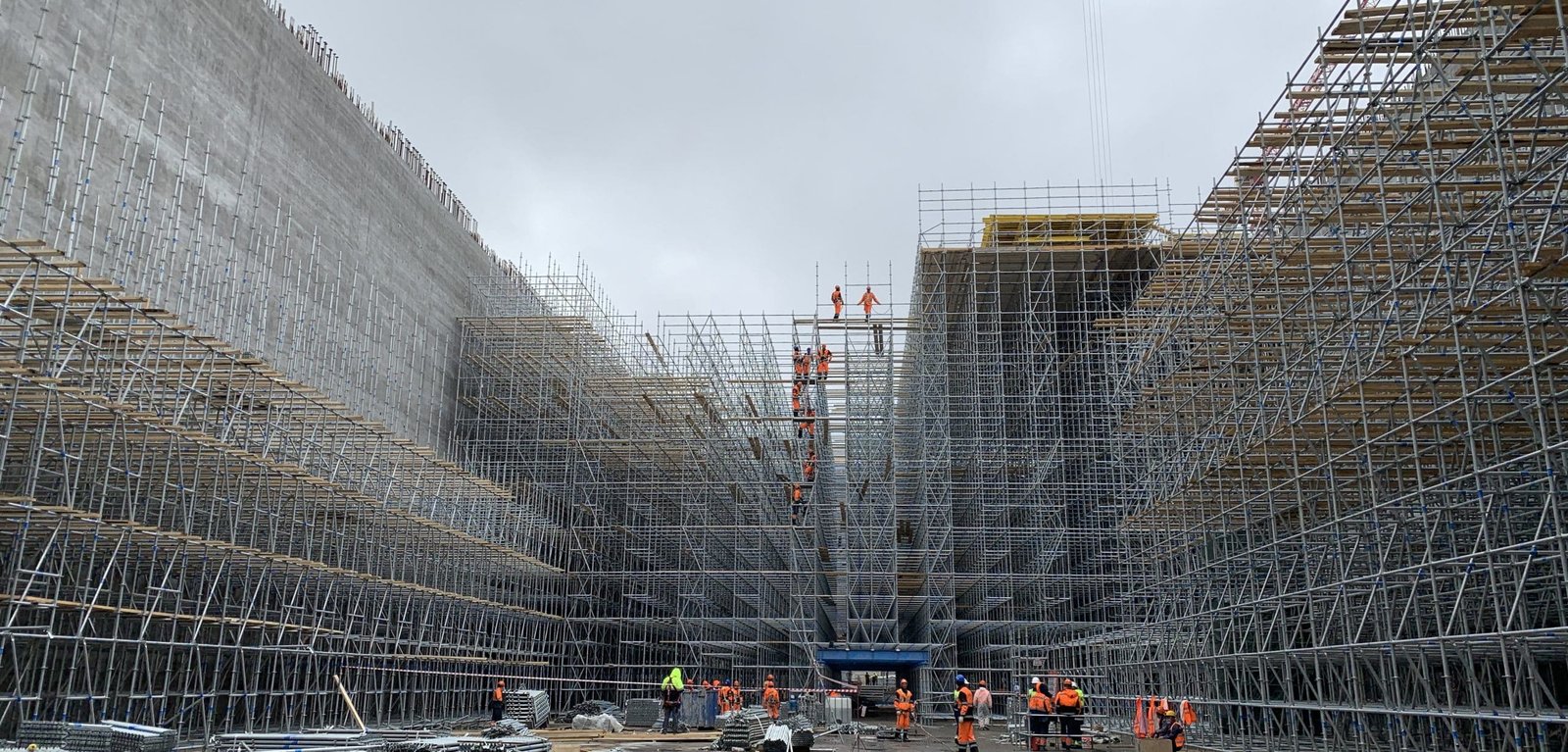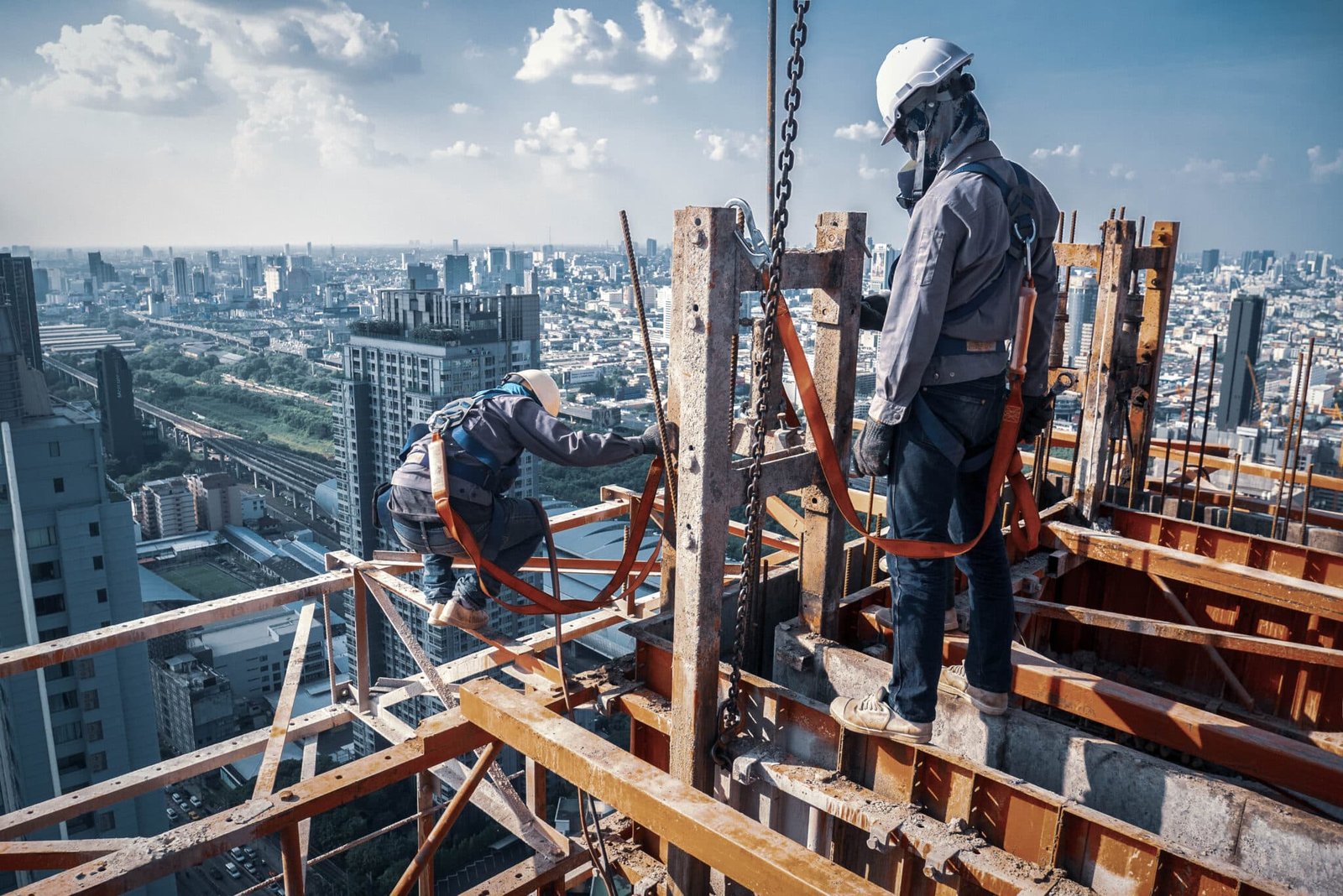Scaffolding is an essential component of many construction and industrial projects, providing temporary structures that allow workers to perform tasks at height safely. However, improper installation, maintenance, or use of scaffolding can lead to serious accidents and injuries. This article explores the key hazards associated with scaffolding, outlines best practices for its safe use, and highlights the importance of regular inspections, training, and adherence to regulatory standards.
Understanding Scaffolding Hazards
Scaffolding presents several inherent risks, including:
- Structural Failures: Poor design, faulty assembly, or inadequate support can lead to collapses.
- Falling Objects: Tools, equipment, or debris may fall from the scaffolding, posing hazards to workers below.
- Falls from Height: Lack of proper guardrails or fall protection can result in workers falling off the structure.
- Improper Access: Unsafe access points or ladders can increase the risk of trips, slips, and falls.
- Weather-Related Risks: High winds, rain, or icy conditions can compromise the stability of scaffolding.
Best Practices for Scaffolding Safety
1. Design and Assembly
- Qualified Personnel: Ensure that scaffolding is designed and erected by trained and certified professionals.
- Proper Load Capacity: Verify that the scaffolding meets the load-bearing requirements for the intended tasks.
- Secure Base and Stability: Use adequate base plates, adjustable jacks, and tie-ins to provide stability and prevent tipping.
2. Inspections and Maintenance
- Regular Inspections: Conduct thorough inspections before use, after modifications, and following adverse weather conditions.
- Maintenance Programs: Implement routine maintenance to check for corrosion, loose fittings, or other signs of wear.
- Documentation: Keep detailed records of inspections and maintenance activities for accountability and regulatory compliance.
3. Worker Training and Communication
- Comprehensive Training: Provide training on scaffolding assembly, safe use, and emergency procedures to all personnel involved.
- Toolbox Talks: Hold regular safety meetings to reinforce scaffolding best practices and address any concerns.
- Clear Communication: Ensure that all workers understand access procedures, load limits, and the importance of maintaining a clutter-free work area.
4. Use of Personal Protective Equipment (PPE)
- Fall Protection: Equip workers with harnesses, lanyards, and other fall protection gear when working at height.
- Head Protection: Ensure that all workers wear hard hats to protect against falling objects.
- High-Visibility Clothing: Use high-visibility attire to improve worker awareness and reduce the risk of accidents on busy sites.
5. Adherence to Regulatory Standards
- Compliance with Codes: Follow national and local standards, such as OSHA guidelines, which outline requirements for scaffold design, erection, and use.
- Permit Systems: Utilize permit systems where applicable to ensure that scaffolding installations meet safety standards before work begins.
- Continuous Improvement: Regularly update safety procedures and training programs based on new regulations, technological advancements, and feedback from field experiences.
Emergency Preparedness
- Rescue Plans: Develop and communicate a clear rescue plan in case of scaffolding collapse or a fall.
- Emergency Drills: Conduct regular drills to ensure that all workers know how to respond quickly and safely in an emergency.
- First-Aid Readiness: Keep first-aid kits and emergency communication devices readily accessible on site.
Conclusion
Scaffolding safety is a critical aspect of any construction or industrial project. By focusing on proper design and assembly, regular inspections, comprehensive worker training, and strict adherence to regulatory standards, companies can significantly reduce the risks associated with scaffolding. Prioritizing these best practices not only protects workers from harm but also ensures that projects are completed efficiently and sustainably.
Investing in scaffolding safety is an investment in the well-being of your workforce and the overall success of your operations.
Discover more from HSEProHub
Subscribe to get the latest posts sent to your email.



